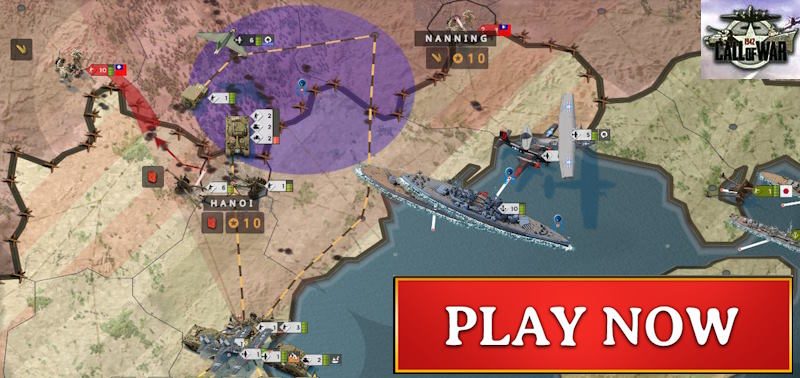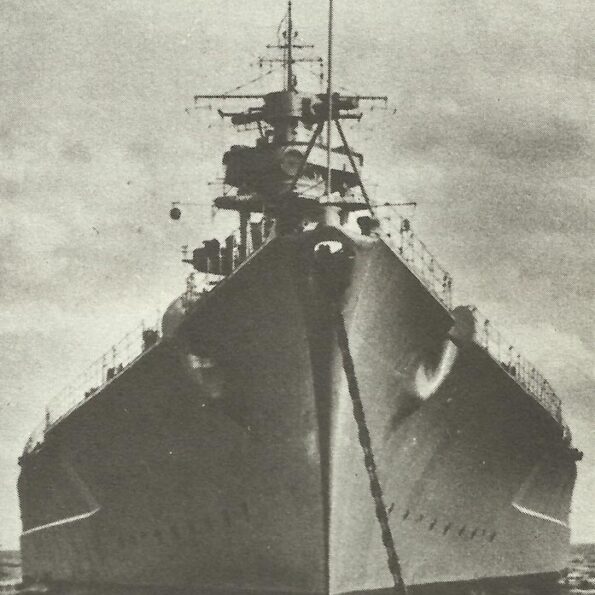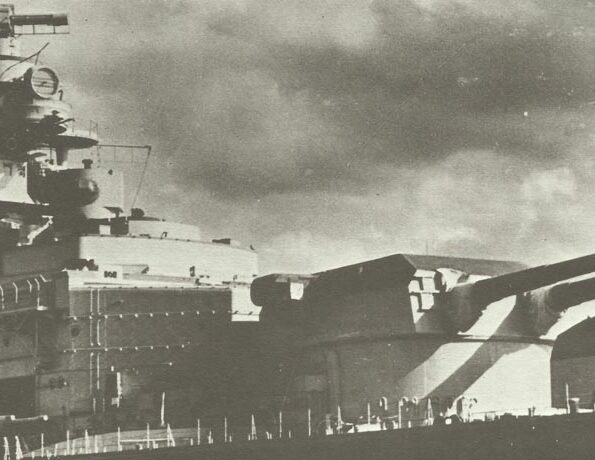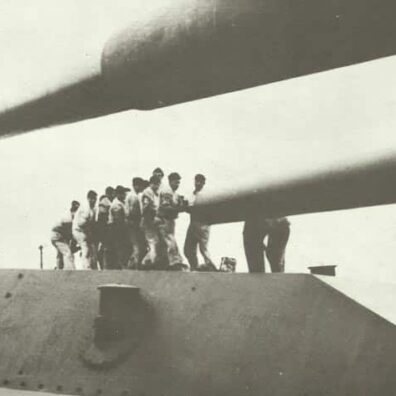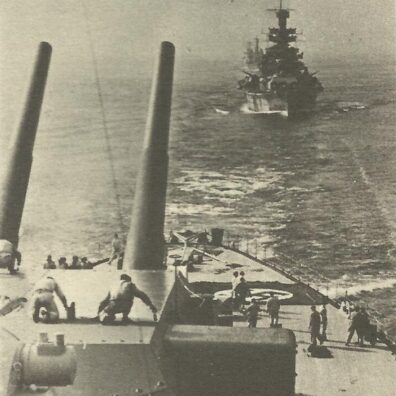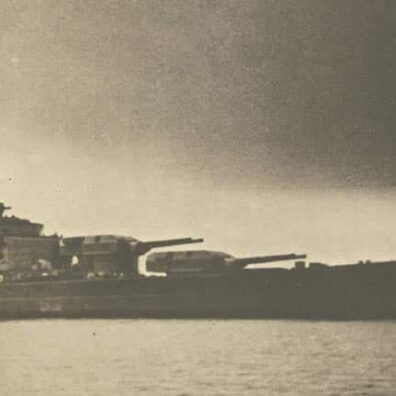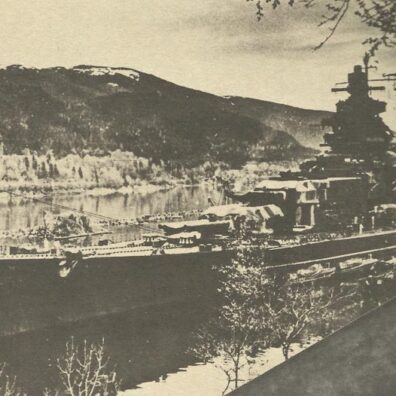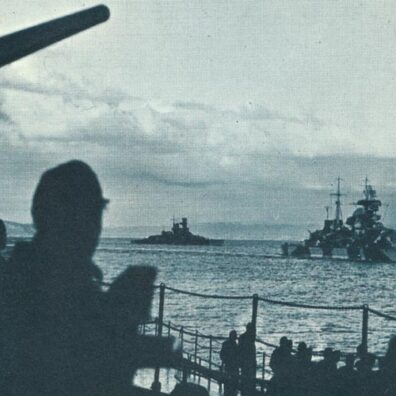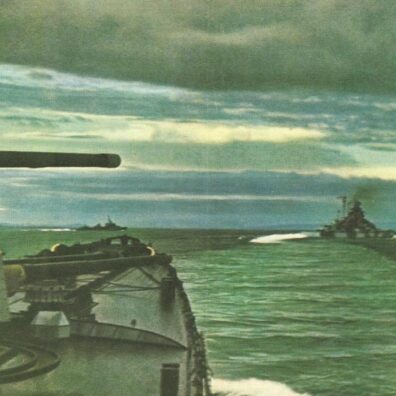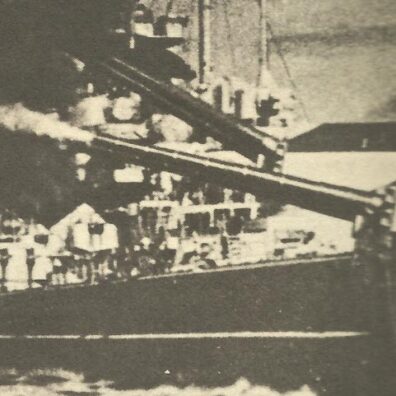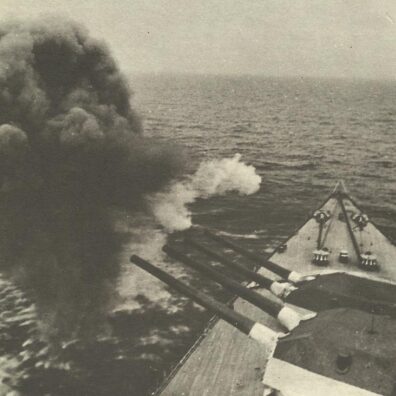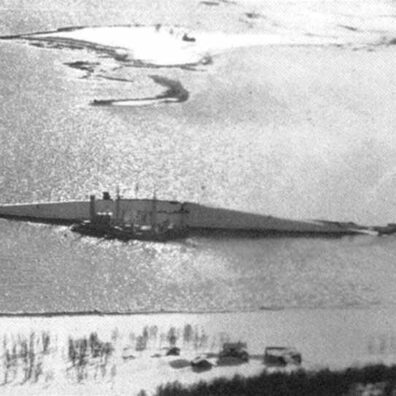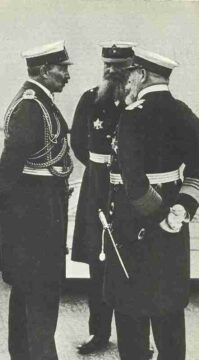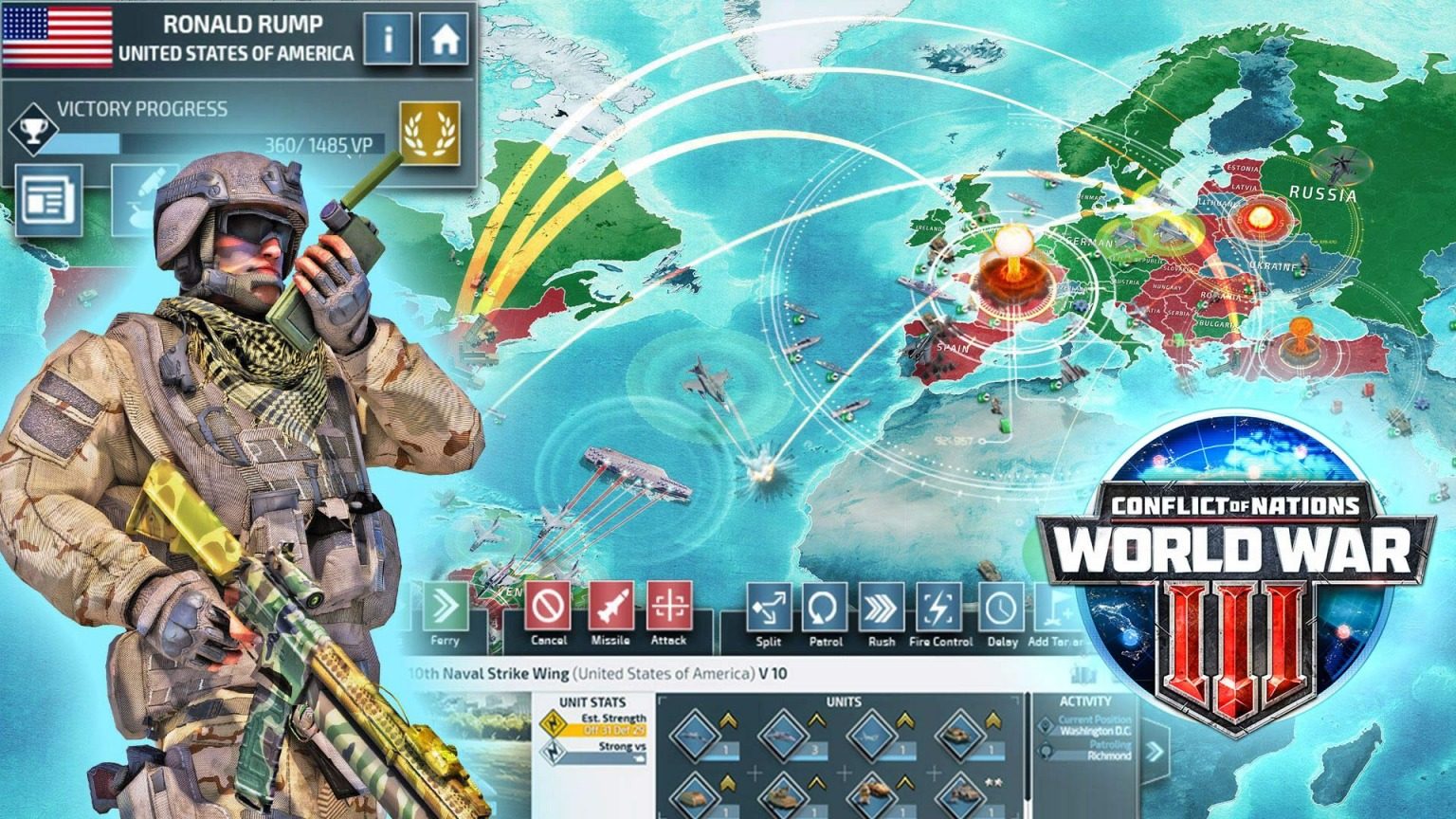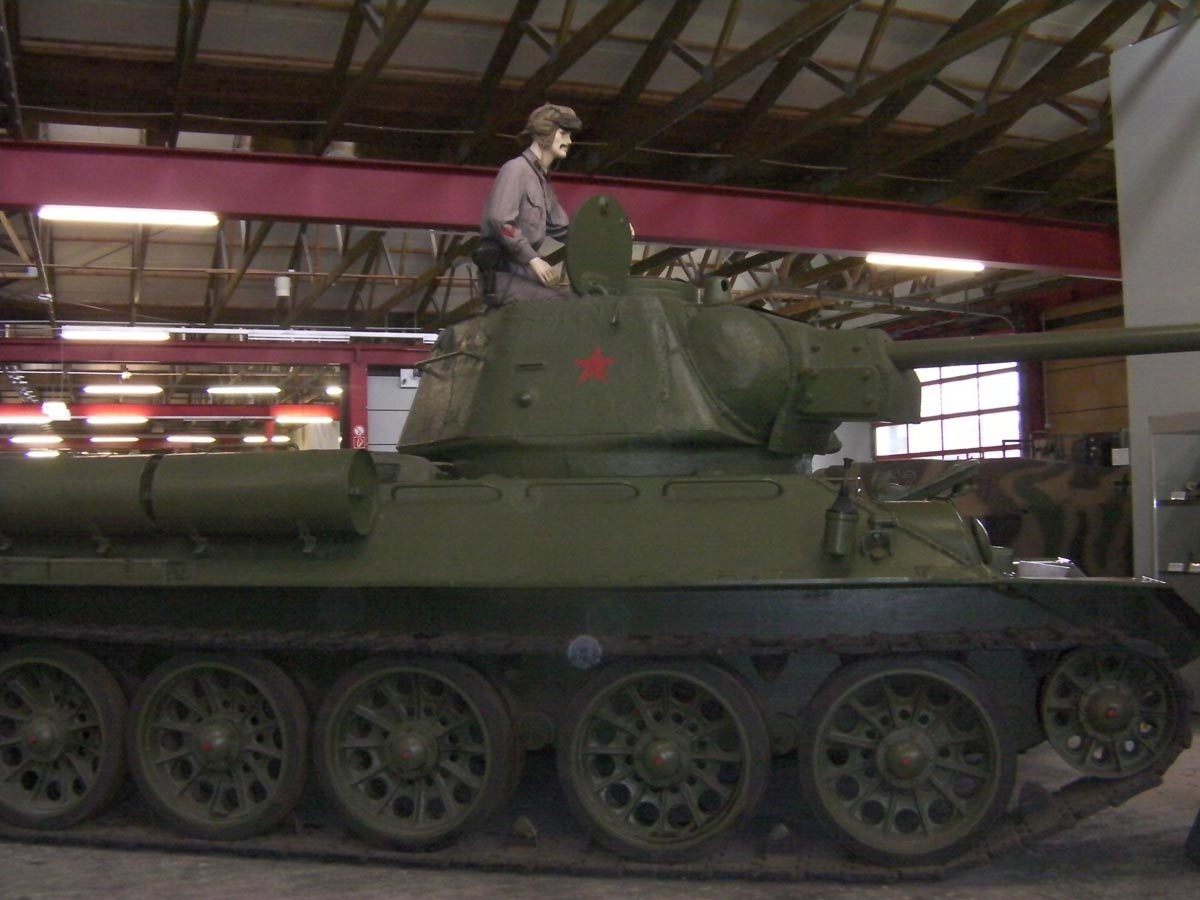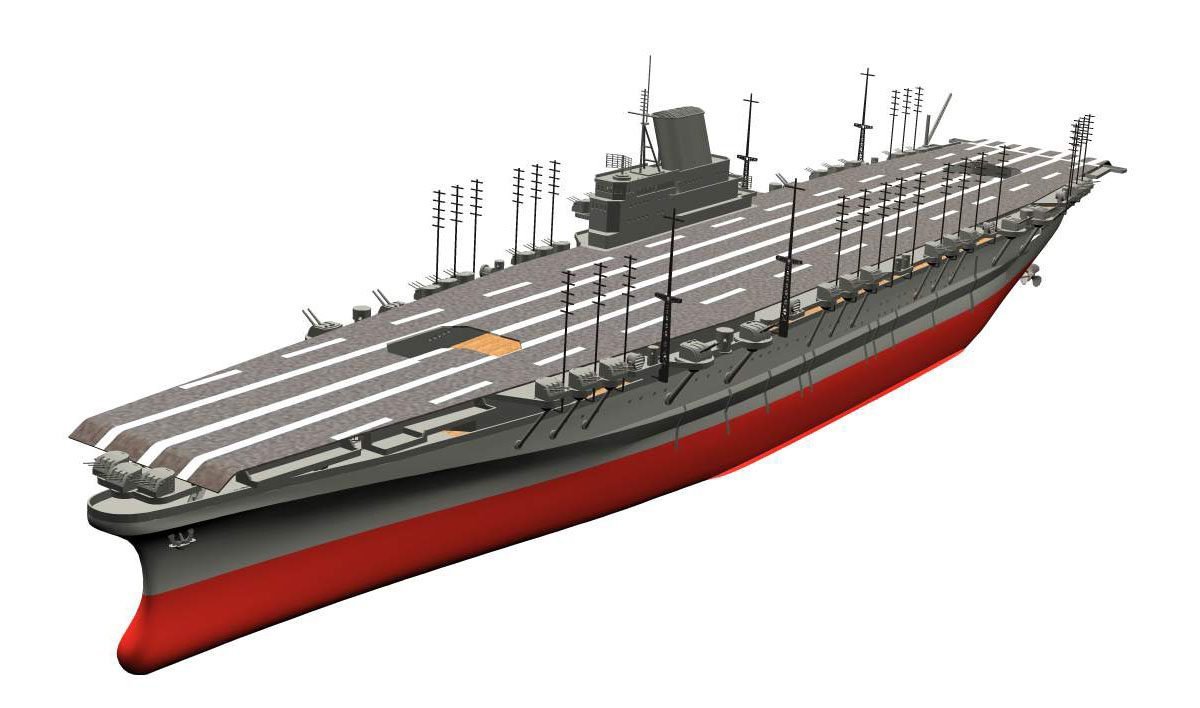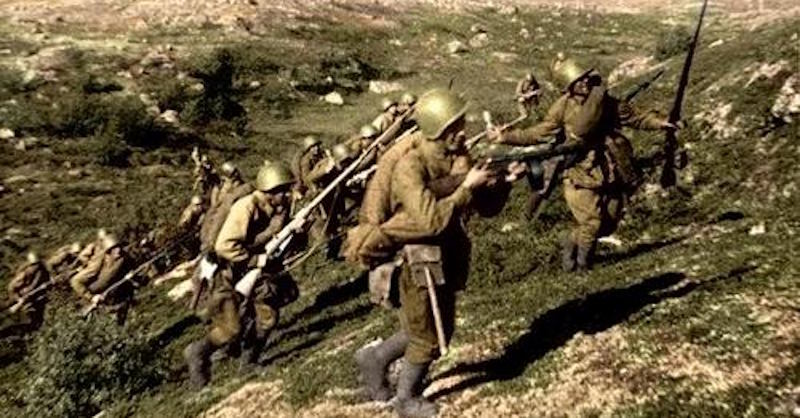Battleship Tirpitz.
History, development, service, specifications, pictures and 3D model of the German capital ship of WW2, the ‘Queen of the North’.
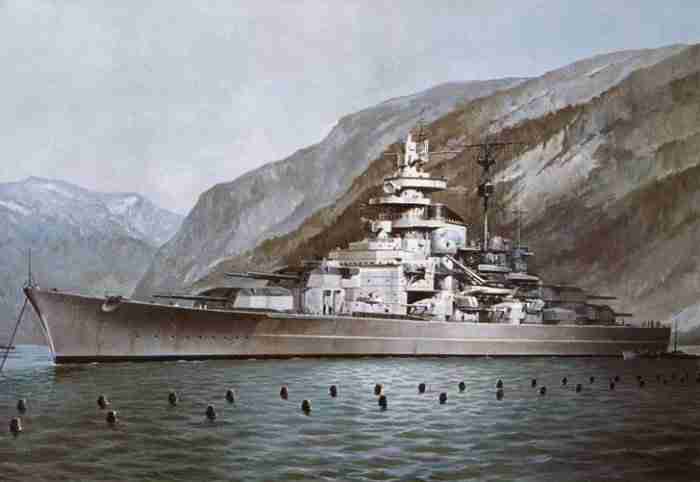
German battleship Tirpitz
Table of Contents
Battleship Tirpitz of Bismarck class.
Type: Battleship.
The Tirpitz was a German battleship built during World War II. It was the second and final ship of the Bismarck class, along with its sister ship, the Bismarck.
Overview about the Tirpitz
Construction: The Tirpitz was laid down in 1936, launched in 1939, and commissioned in 1941.
Specifications: It had a displacement of 42,900 tons, a length of 823 feet, and a crew of over 2,600 men. The ship was armed with eight 15-inch guns, twelve 5.9-inch guns, and numerous anti-aircraft guns.
Service: Unlike the Bismarck, which was sunk in 1941, the Tirpitz spent most of the war in Norwegian fjords, where it posed a significant threat to Allied shipping in the North Atlantic.
Operation ‘Source’: In September 1943, British mini-submarines managed to plant explosives beneath the Tirpitz, causing significant damage and rendering the ship inoperable for several months.
Sinking: On November 12, 1944, British Lancaster bombers armed with 12,000-pound “Tallboy” bombs finally sank the Tirpitz in Tromsø, Norway. The attack killed between 950 and 1,204 of the ship’s crew.
The Tirpitz tied down significant Allied naval resources due to the constant threat it posed, making it an important part of German naval strategy during World War II, even though it never directly engaged Allied ships in a surface battle.
History
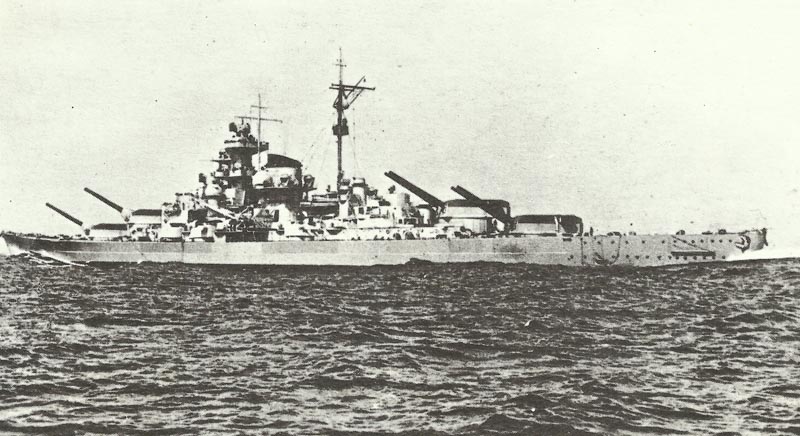
Similar in nearly always to her sister-ship battleship Bismarck, the service of battleship Tirpitz was, to every one intent and reasons, quite as long and ambitious as her sister ship was short and great. But this might neglect the effective results of the 2 warships, one of which caused a 10-day-long convulsion in the Royal Navy in Home and Atlantic Waters. It resulted in the exchange of a single outdated and unmodernized battlecruiser for a brand-new battleship, while the other ship pressured the Royal Navy to remain 2 battleships, an aircraft carrier and assisting navy ships in seas where they weren’t usually required for a time of almost 3 years, just by taking up dangerous placements in Norwegian fjords.
Tirpitz had been laid down at the Wilhelmshaven shipyard in Oct 1936, launched on April 1, 1937, and finished for ocean tests on February 25, 1941. She differed from her sister-ship in insignificant aspects, like her airplane hangar and crane arrangements and the inclusion of 2 quadruple torpedo tube mountings to be used versus merchantmen. Tests and work-up in the Baltic, with trouble modification at Kiel, fully engaged 7 months and not before September 20, 1941, was she reported to be operational.
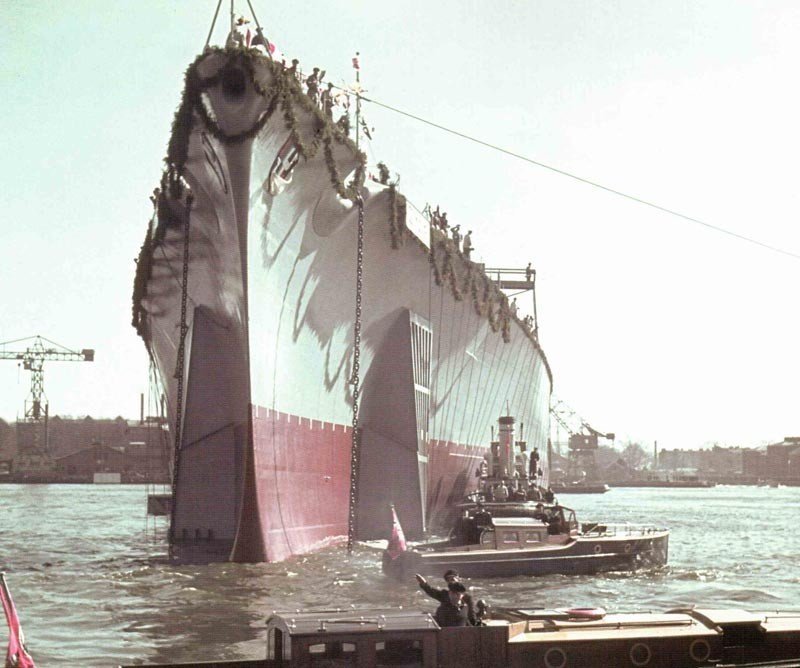
She was right away sent on her primary mission – an unspectacular cruise off the Aland Islands, at the entrance of the Gulf of Finland, from September 26-29, to shield versus a potential break-out by the Russian navy from Leningrad.
Afterwards, Tirpitz continued to be in the Baltic, working out, until January 12, 1942, when she departed from Kiel to relocate to Trondheim through the Kiel Canal. Similar to her sister ship, she had never been returned to Germany.
The key role of battleship Tirpitz was to intercept Allied sea transports to northern Russia, either by straight interception or by the threat of raiding of the arctic convoys destined for Murmansk and Archangel.
Her solely complete mission for this reason started on March 6, 1942, when she departed from Trondheim to raid the Murmansk-bound convoy PQ 12. Spotted and as reported by British subs soon after departing her starting point, the German battleship and her 3 escorting destroyers didn’t find the convoy, which had already been redirected by the Admiralty faraway from its scheduled direction.
Tracked occasionally by way of decoded radio signals, Tirpitz was attacked and just narrowly missed by planes from the aircraft carrier Victorious, out of Narvik on March 9.
Tirpitz gained her most significant success against the convoys at the beginning of July 1942, just by relocating from Trondheim to Altenfjord, in the distant north of Norway, where her appearance nearby the course of Arctic convoy PQ 17 resulted in the Admiralty’s order to scatter the merchantmen of the convoy on July 4. Tirpitz didn’t cruise before July 5 and was reported 3 times and attacked one time by a Russian submarine within a sortie which continued fewer than Twelve hours: she had absolutely no direct partition in the destroying of the Twenty-four Allied vessels lost from the convoy.
While she never again sailed to intercept a convoy, the threat of her interception forced the Royal Navy to keep a minimum of 2 battleships and an aircraft carrier in Home Waters, to shield the convoys and to protect versus a venture into the North Atlantic.
In October 1942, an effort to attack her at Trondheim employing human torpedoes (Chariots) stumbled on to nothing by the accidental loss of the Chariots within 5 miles (ca. 8 km) of Tirpitz’ anchorage place, where she was at that period of time refitting.
The great warship started to be in business once more by the end of January 1943 and in March she was transferred to Altenfjord which turned out to be her permanent base for the following Nineteen months. At this point she was accompanied by Scharnhorst and the heavy cruiser Lützow: outstanding results were in progress somewhere else throughout the spring and summer of 1943 and the Home Fleet battleships have been transferred to the Mediterranean Sea, hence the sailing of the Russian convoys was stopped until November 1943, providing the strong German squadron without any aims.
Finally, at the beginning of September, Tirpitz and Scharnhorst were found business, even though bombardment of almost defenseless Spitzbergen seemed to be almost not a suitable job for these great warships. They were sailing from September 6-9, and this 5th sortie was to be Tirpitz’ final, for on September 22, a pair of British midget submarines X-Crafts placed explosive charges which prompted extensive impact destruction of the primary machinery and gunnery devices.
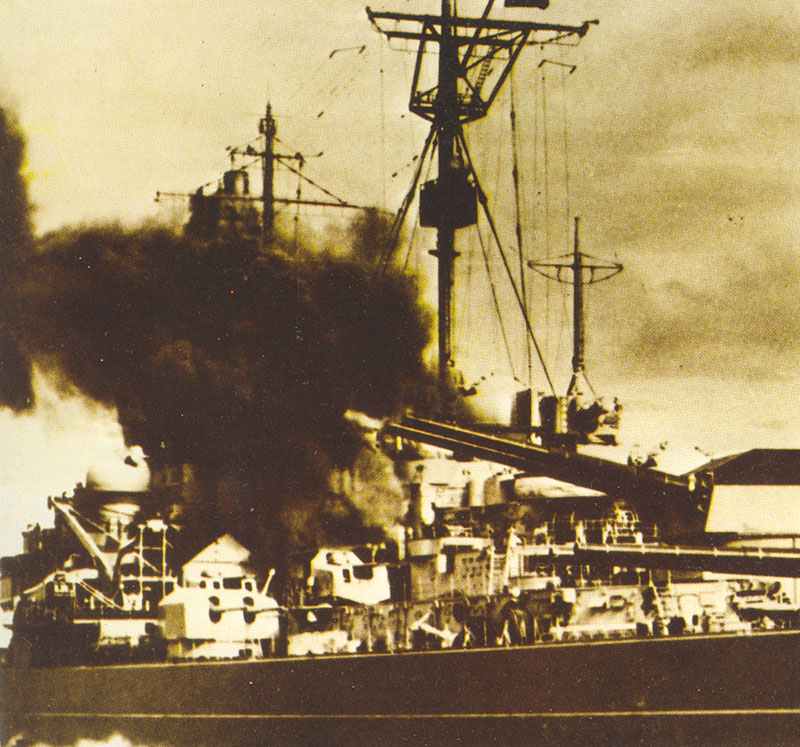
Repair works were carried out in outstanding engineering outcome, but as she was possessing going ahead to start tests on April 3, 1944, she was bombarded by Forty Home Fleet Barracuda dive-bombers and extensively damaged. Additionally attacks in July and August, by which moment she had been fixed once again, caused just insignificant damage.
The Royal Air Force was flying unsuccessful strikes on Tirpitz at Kiel in 1941 and also at Trondheim in March as well as April 1942, however, not before the autumn of 1944 did Bomber Command get the proper mixture of planes (Avro Lancaster Specials), bombs (12000Ib-Tallboy bomb) as well as stabilized automatic bomb sight to carry out a strike at an extremely range a prosperous mission.
On September 15, Twenty-seven Lancaster bombers started from a Russian airfield and obtained a single direct hit with a 12,000-pdr bomb which hit right forward and generated intensive damage within the 118-feet part abaft the bows.
Fixing this kind of serious damage were being out of the question in Norway and on October 15-16, Tirpitz started under her own steam to an anchorage close to Tromsö, where she would be to form section of the fixed defenses, as a floating battery. Tromsö was inside range of bombers located in northern Scotland, and she was bombarded by Thirty-two Lancaster bombers on October 29, this strike gaining just one near-miss.
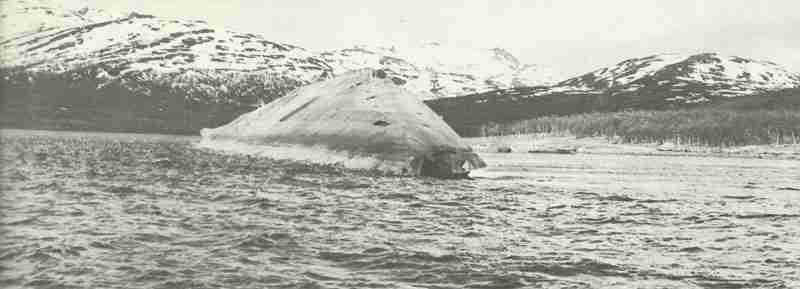
The final arrived on November 12, 1944: Twenty-nine Lancaster bombers scored 3 hits along with a very close miss amongst B and C turrets, opening the midships port side from the keel towards the waterline and resulting in Tirpitz to capsize eleven minutes following the first bomb had been dropped. Over 1,000 of her crew were lost together with her.
Pictures of battleship Tirpitz
Specifications for battleship Tirpitz
Specifications:
Tirpitz | Specification |
|---|---|
Type | Battleship |
Displacement | 41,700 tons (standard) |
Displacement (full loaded) | 53,500 tons |
Length | 821 ft 10 in |
Beam | 118 ft 1 in |
Draught | 36 ft 1 in |
Boiler | 12 Wagner-boiler |
Machinery | Blohm&Voss 3-shaft, geared steam turbines |
Power | 163,000 hp |
Oil | 7,461 tons |
Speed | 31.1 kts |
Range | 9,280 nm at 16 kts |
Crew | 1,905 |
Armament:
Tirpitz | figures |
|---|---|
Main Armament | 8 x 38-cm (15-in) guns |
Secondary Armament | 12 x 15-cm (5.9-in) guns |
Anti-Aircraft | 16 x 10.5-cm (4.1-in) AA, 16 x 37-mm (1.46-in) AA, 58 x 20-mm (0.8-in) AA (1944) |
Torpedo tubes | 8 x 53,3-cm (21-in) |
Aircrafts | 4 |
Armor Protection:
Tirpitz | thickness |
|---|---|
Side (belt) | 57 - 127.2 in |
Deck | 19.7 in |
Main deck | 11.8 in |
Armor deck | 31.5 - 47.25 in |
Main artillery | 51.2 - 141.7 in |
Barbetts | 86.6 in |
Secondary artillery | 7.9 - 39.4 in |
Service statistics:
Tirpitz | figures |
|---|---|
Laid down | October 26, 1936 |
Launched | April 1, 1939 |
Completed | February 25, 1941 |
Fate | sunk November 12, 1944 |

Namesake of the battleship: Grand Admiral Alfred von Tirpitz
Early Life and Career
Born on March 19, 1849, in Küstrin (now Kostrzyn nad Odrą, Poland), Tirpitz joined the Prussian Navy in 1865 as a cadet. He rose steadily through the ranks, distinguishing himself as a torpedo specialist and naval strategist.
Naval Development
Tirpitz is most famous for:
– Architecting the German naval expansion program that challenged British naval supremacy.
– Creating the “Risk Theory” (Risikogedanke) – the idea that Germany needed a fleet strong enough that even the dominant British Navy would risk severe losses in any conflict.
– Overseeing the passage of several Naval Laws (1898, 1900, 1906, 1908) that dramatically expanded the German fleet.
– Developing the concept of the High Seas Fleet.
World War I
During World War I, Tirpitz advocated for aggressive use of the German fleet and unrestricted submarine warfare. When his strategies were not implemented as he wished, he resigned in March 1916.
Legacy
Tirpitz’s naval buildup program is often cited as a significant factor in the Anglo-German rivalry that contributed to the outbreak of World War I. His name was later given to the famous German battleship Tirpitz of World War II.
After the war, Tirpitz briefly entered politics with the right-wing German National People’s Party and published his memoirs. He died on March 6, 1930, in Ebenhausen, Germany.
Tirpitz remains a controversial figure – praised for his technical achievements in building the modern German navy, but criticized for contributing to the naval arms race that heightened pre-WWI tensions.
References and literature
Fighting Ships of the World (Antony Preston)
Kriegsschiffe von 1900 bis heute – Technik und Einsatz (Buch und Zeit Verlagsgesellschaft)
The Illustrated Directory of Warships from 1860 to the present day (David Miller)
Flotten des 2. Weltkrieges (Antony Preston)
Kriegsschiffe 1939-45 (Heyne-Bildpaperback)
Die Schlacht im Atlantik (Andrew Kershaw)
Atlas zur Seefahrts-Geschichte (Christopher Loyd)
Seemacht – eine Seekriegsgeschichte von der Antike bis zur Gegenwart (Elmar B. Potter, Admiral Chester W.Nimitz)


